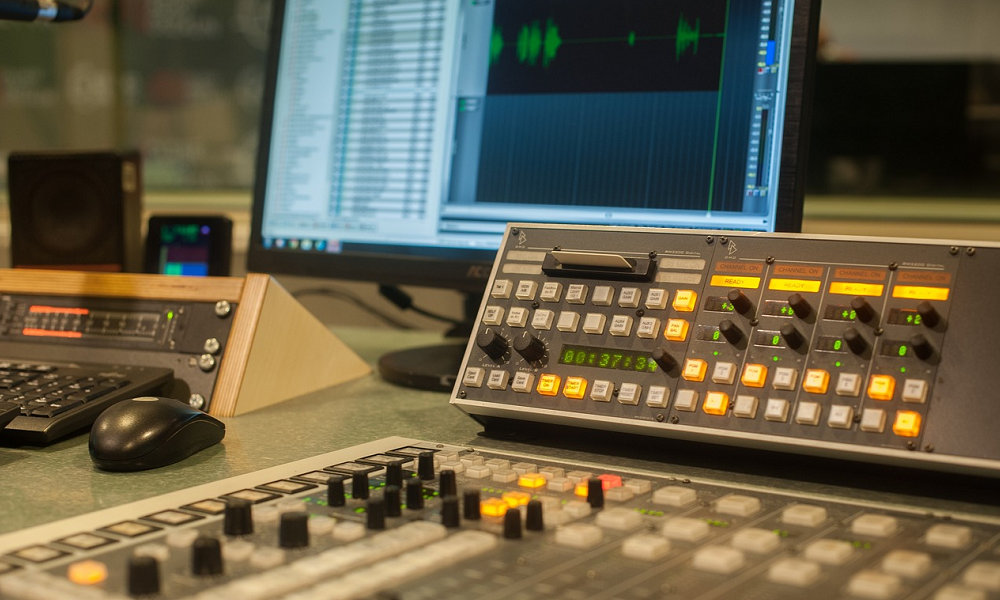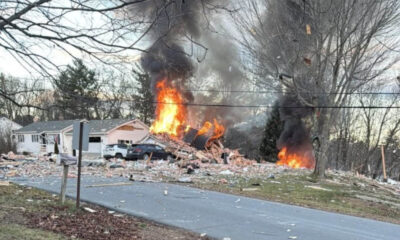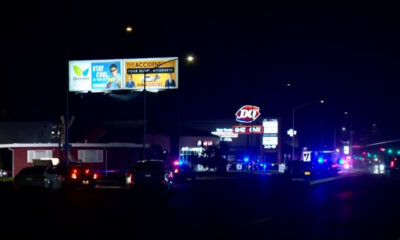Reviews
The Evolution of Film Scoring: Embracing Technology in Modern Cinema

Modern film just wouldn’t have anywhere near the emotional power that it currently does without the help of modern film music. Over the years, composers for film have been able to draw upon an ever-expanding suite of incredible tools, which open up a new range of musical possibilities.
Let’s take a look at how these tools have evolved over the years and the effect that this progress has had on the art form.
The Traditional Era of Film Scoring
Before the advent of computer-based scoring toward the latter part of the 20th century, film composers have relied on traditional pen-and-paper techniques. A composer in the early 20th century would have had to form a much more complete mental image of the music being created.
The limitations didn’t just apply to the way that music was composed. They also restricted the performance, too. Conductors will have needed to understand exactly what tempo was necessary to reach a given section at a given time. Live orchestration required mastery on the part of the composers, the arrangers, and the musicians, too.
The Rise of Digital Audio Workstations (DAWs)
One of the biggest advantages of modern Digital Audio Workstations is their ability to manage timing. If you want a given motif to arrive at the same time as a moment of onscreen drama, then you can make it happen easily with the help of precise tempo ramps, cropped measures, and other techniques.
A modern DAW might even eliminate the need for a live orchestra altogether. This would allow a composer to present sketches of a given musical idea to the director, refining it along the way before taking it into a recording studio to be performed for real. In some cases, the real orchestra might even be dispensed with entirely.
Virtual Instruments and Sample Libraries
One factor that’s helped make sample libraries more viable is the reduction in storage space that’s happened over the last few decades. According to the data, there’s been a roughly tenfold decrease in the per-byte cost of storage over the last decade. This has allowed the producers of sample libraries to include more and more nuanced performances, with round-robin samples, and new samples for every possible velocity.
Securing funding for your musical projects might mean investing in quality sample libraries, DAWs, and session time with real musicians, too.
The Future of Film Scoring: AI and Machine Learning
The biggest change that’s likely to emerge in the coming years is the emergence of machine learning. By simply training an AI on millions of hours of film music, we might be able to use it to devise quick sketches, or even fully-formed scores, for next to nothing.
Of course, this throws up interesting legal and ethical questions. After all, what if the artists whose work is being used as training data don’t approve?
But it’s fair to say that the technology isn’t going anywhere.

-

 World1 week ago
World1 week agoEthiopian volcano erupts for first time in thousands of years
-

 Health2 days ago
Health2 days ago8 kittens die of H5N1 bird flu in the Netherlands
-

 Legal7 days ago
Legal7 days agoUtah Amber Alert: Jessika Francisco abducted by sex offender in Ogden
-

 US News6 days ago
US News6 days agoExplosion destroys home in Oakland, Maine; at least 1 injured
-

 Health7 days ago
Health7 days agoMexico’s September human bird flu case confirmed as H5N2
-

 Legal3 days ago
Legal3 days ago15 people shot, 4 killed, at birthday party in Stockton, California
-

 World1 week ago
World1 week agoWoman killed, man seriously injured in shark attack on Australia’s NSW coast
-

 US News2 days ago
US News2 days agoFire breaks out at Raleigh Convention Center in North Carolina




